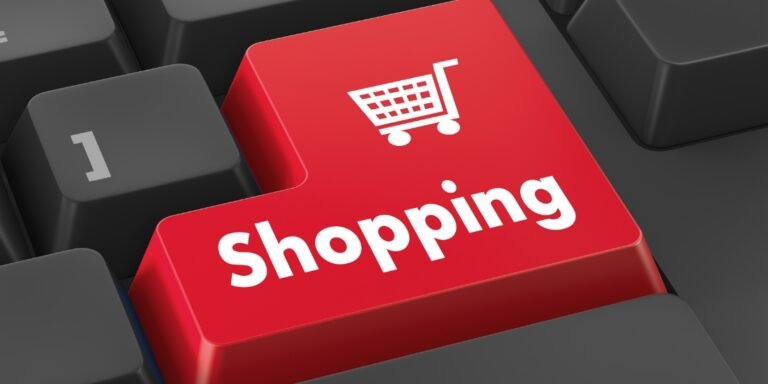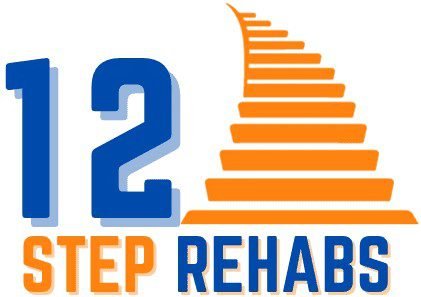Shopping Addiction
Shopping Addiction – Causes, Effects and Treatments
Shopping addiction, also known as compulsive buying disorder (CBD) or oniomania, is a behavioural addiction characterised by an uncontrollable urge to shop and spend money, even when it negatively impacts one’s life. Like other behavioural addictions, it activates the brain’s reward system, leading to a cycle of compulsive behaviour driven by emotional fulfilment, stress relief, or temporary feelings of euphoria.
Over time, shopping addiction can lead to financial problems, strained relationships, emotional distress, and an inability to manage day-to-day responsibilities. Despite the seemingly harmless nature of shopping, when it becomes an addiction, it can have serious consequences on a person’s well-being.
How Common is Shopping Addiction?
Shopping addiction is more common than many people realise, especially in consumer-driven societies where materialism and instant gratification are emphasised. Research suggests that approximately 5-8% of adults in the United States suffer from shopping addiction, with higher prevalence rates reported among younger adults and women. In countries with easy access to credit and online shopping, the rates of shopping addiction are believed to be increasing.
The rise of e-commerce and mobile apps has made shopping more convenient and accessible than ever, contributing to the increasing number of individuals struggling with this addiction. The societal impact is profound, as people accumulate debt, face relationship problems, and endure emotional distress. As shopping becomes more embedded in daily life through technology and advertising, understanding the prevalence and consequences of shopping addiction is crucial to addressing its effects on both individuals and society.
Why is Shopping Addictive?
Shopping is addictive because it activates the brain’s reward system, releasing dopamine, the neurotransmitter associated with pleasure and satisfaction. When a person makes a purchase, especially one they have been anticipating or desiring, their brain releases dopamine, creating a feeling of euphoria or excitement. This positive reinforcement encourages individuals to repeat the behaviour, leading to compulsive shopping as a way to experience these pleasurable feelings again.
The act of shopping can also provide an emotional escape from stress, boredom, anxiety, or loneliness. For some, shopping becomes a coping mechanism to deal with negative emotions or life challenges. The temporary relief or distraction offered by shopping can create a psychological dependency, where individuals turn to buying new items to manage their emotions.
Additionally, the societal emphasis on materialism and consumer culture plays a role in shopping addiction, as advertising, social media, and cultural norms often associate happiness, success, and social status with material possessions, reinforcing the desire to shop and acquire more.
Is Shopping Addictive from the First Try?
Shopping is not typically addictive from the first experience, but the risk of developing an addiction increases with repeated behaviour, particularly if the individual associates shopping with positive emotional experiences or uses it as a way to cope with negative feelings. The initial thrill or satisfaction of buying something new can create a desire to repeat the behaviour, especially if it is followed by positive reinforcement, such as compliments, feelings of accomplishment, or temporary relief from stress.
The likelihood of developing a shopping addiction depends on several factors, including the frequency of shopping, an individual’s emotional state, and their susceptibility to addictive behaviours. While not everyone who shops will become addicted, those who use shopping as an emotional crutch or have a predisposition to impulsive behaviour may be more likely to develop a dependency over time.

Signs of Shopping Addiction
Recognising the signs of shopping addiction is essential for early intervention and effective treatment. Shopping addiction can manifest through various physical, psychological, and behavioural symptoms:
- Physical Signs: While shopping addiction does not have direct physical symptoms like substance addiction, it can lead to physical consequences such as stress-related conditions, including headaches, high blood pressure, and insomnia.
- Psychological Signs: Individuals with shopping addiction may experience feelings of guilt, shame, or regret after making a purchase, but these negative emotions do not stop them from continuing to shop. They may also experience anxiety or depression when they are unable to shop or feel a constant need to buy something to feel better.
- Behavioural Signs: Behavioural changes can include spending excessive amounts of time and money shopping online or in stores, hiding purchases from friends or family, lying about spending habits, and neglecting financial responsibilities such as paying bills.
Causes, Effects, and Treatments
Causes of Shopping Addiction
- Genetic Factors: Genetic predisposition plays a role in an individual’s risk of developing a shopping addiction. Certain genetic variations may affect how the brain processes dopamine and other neurotransmitters related to reward and impulse control, making some people more susceptible to addictive behaviours.
- Psychological Factors: Individuals with underlying mental health conditions, such as anxiety, depression, or low self-esteem, may be more prone to develop a shopping addiction as a means of coping with their emotions.
- Social and Environmental Factors: Social influences, such as peer pressure, societal expectations, and exposure to advertising, can contribute to the development of shopping addiction. In many cultures, material wealth and consumerism are closely linked to happiness and success, leading individuals to believe that shopping and owning new items will improve their social standing or self-worth.
Side Effects of Shopping Addiction
Short- Term Effects
- Financial Problems: One of the most immediate consequences of shopping addiction is financial strain. Individuals may max out credit cards, accumulate debt, or spend beyond their means, leading to significant financial stress.
- Relationship Strain: Compulsive shopping can put a strain on personal relationships, especially when it involves hiding purchases, lying about spending, or neglecting responsibilities at home. Partners or family members may become frustrated with the individual’s inability to control their spending, leading to conflict and mistrust.
Long-Term Effects
- Severe Financial Ruins: Long-term shopping addiction can result in serious financial consequences, including overwhelming debt, and bankruptcy. The financial pressure may also lead to legal issues, such as lawsuits or wage garnishment from unpaid debts.
- Mental Health Disorders: The ongoing stress and emotional turmoil caused by the addiction can worsen existing mental health conditions and lead to new ones including depression, anxiety, and low self-esteem.
- Social Isolation: individuals with shopping addiction may become socially isolated as they withdraw from friends and family to hide their behaviour or due to financial problems that prevent them from participating in social activities.
Treatment Methods for Shopping Addiction
- Motivational Interviewing (MI): MI is a counselling approach that helps individuals resolve ambivalence about stopping their compulsive shopping behaviour and motivates them to make positive changes. This approach can be particularly effective in the early stages of treatment when individuals may be uncertain about seeking help.
- Cognitive Behavioural Therapy (CBT): CBT is an evidence-based approach that helps individuals understand and change the thought patterns and behaviours that contribute to their shopping addiction. By addressing the underlying psychological issues that lead to addiction, CBT can be a critical component of long-term recovery.
- 12 Step Model: Modelled after Alcoholics Anonymous, programs like Debtors Anonymous (DA) provide a 12-step framework for recovery, emphasising the importance of peer support, personal responsibility, and spiritual growth.
- Financial Counselling: Financial counselling can help individuals with shopping addiction learn how to manage their finances, create a budget, and address the debt they may have accumulated due to their addiction. This type of counselling is often an essential part of recovery, as it addresses the financial consequences of the addiction.
- Group Therapy: Group therapy enables individuals to share their experiences with others encountering similar challenges, fostering a sense of community, reducing isolation, and providing practical strategies for overcoming addiction
- Medication: In some cases, medications such as antidepressants or anti-anxiety may be prescribed to address co-occurring mental health conditions, such as depression or anxiety, that may contribute to shopping addiction.
How is Shopping Withdrawal Treated?
Shopping withdrawal, while not as physically intense as withdrawal from substances like drugs or alcohol, can still be challenging and requires careful management. Symptoms of withdrawal can include intense cravings to shop, irritability, anxiety, depression, and difficulty concentrating. The emotional distress associated with withdrawal can lead to relapse if not properly managed.
Treatment for shopping withdrawal typically involves behavioural therapies, such as CBT and MI, to address the psychological aspects of withdrawal and help individuals develop coping strategies for managing cravings and avoiding triggers. In some cases, medication may be prescribed to help manage symptoms such as anxiety or depression.
How Can You Help a Person with Shopping Addiction?
Supporting someone with a shopping addiction is challenging but crucial for their recovery. Here are some steps you can take:
- Encourage Open Communication: Express your concerns in a non-judgmental way, and let them know that you are there to support them through their journey to recovery.
- Educate Yourself: Understanding shopping addiction, including its signs, symptoms, and treatment options, can help you provide informed support and make it easier to offer guidance.
- Suggest Professional Help: Encourage the person to seek help from addiction specialists, counsellors, or rehabilitation programs that can offer the resources and support needed for recovery.
- Explore Treatment Options Together: Assist the individual in exploring treatment options such as counselling, financial management programs, and aftercare services. Offering to attend appointments or meetings with them can provide valuable moral support.
Taking the first step towards recovery from shopping addiction can be difficult, but real change is achievable with the right support. At 12 Step Rehabs, we are here to help you or your loved one find a treatment plan tailored to your unique needs. With over 25 years of combined sobriety and personal recovery experience, our compassionate team is ready to guide you every step of the way. Begin your journey toward healing and a healthier life by scheduling a free consultation today.

